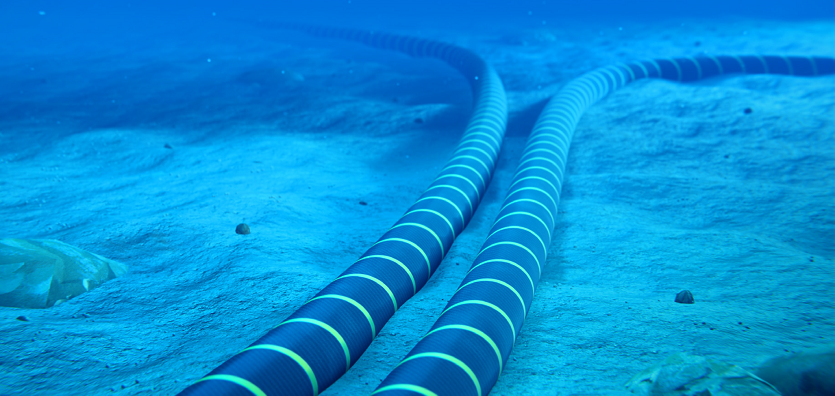
By
Abhilash Halappanavar
Visvesvaraya
Technological University, India
The world in the last few years has come out of age with external policies impacting the domestic functioning of any major country. Similarly, since the days of the U.S-Russia cold war securing strategic assets across the world has been the utmost priority for countries wanting to gain advantage or showcase their prowess in consolidating their strengths. Be it establishing of overseas military and air force bases by the U.S or China’s efforts to secure operational ownership of water ports in foreign countries, all deal with holding leverage in negotiating foreign relations to their advantage in economic and military interests. Similarly, the Submarine Communication Cables are the new strategic assets in the oceans that could be the flashpoint for geopolitical tensions. The submarine cables are laid on the sea and ocean bed between land terminals to carry telecommunication signals across the lengths of ocean and sea.
The global digital connectivity relies upon many fibre optic cables lying beneath the Atlantic, Pacific, and Indian Oceans. People generally believe that their international communications are carried via satellite links. The truth is that more than 99% of transcontinental Internet traffic goes through these connecting cables; these are the lifelines of any country’s communication grid empowering its business and economic operations. The submarine cables are critical technology infrastructure and any easy access to govern and manipulate these will virtually put a country in a driver’s seat of technological superiority.
The entire submarine cable network is a state-of-theart arrangement for faster communication under the Global Undersea Communications Cable Infrastructure. But this network has its weak points when they converge at specific zones. These are critical as any damage happening to these convergence points will have a huge outage and connectivity crisis across the globe. There are mainly three cable chokepoints, the first is in the Luzon Strait, the second in the Suez Canal-Red Sea-Mandab Strait passage, and the third is in the Strait of Malacca…Click here to find out more.






